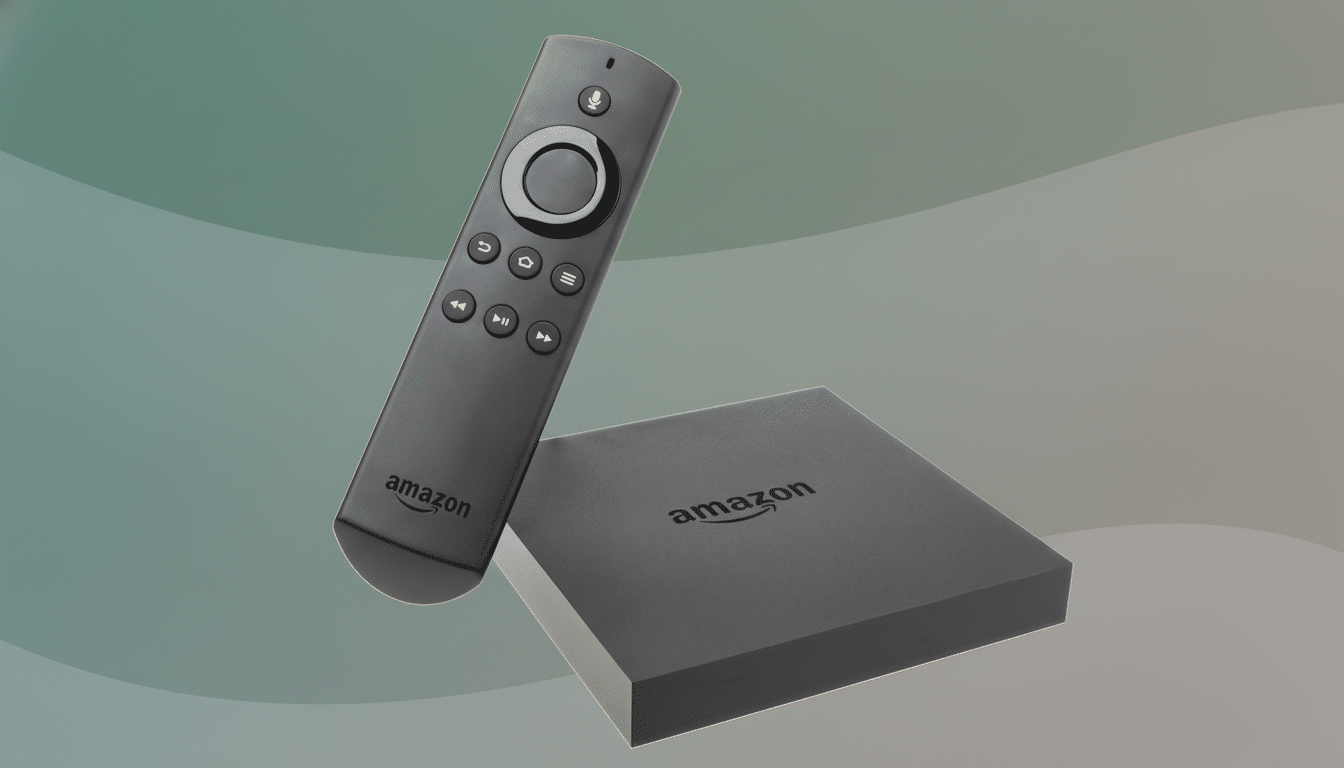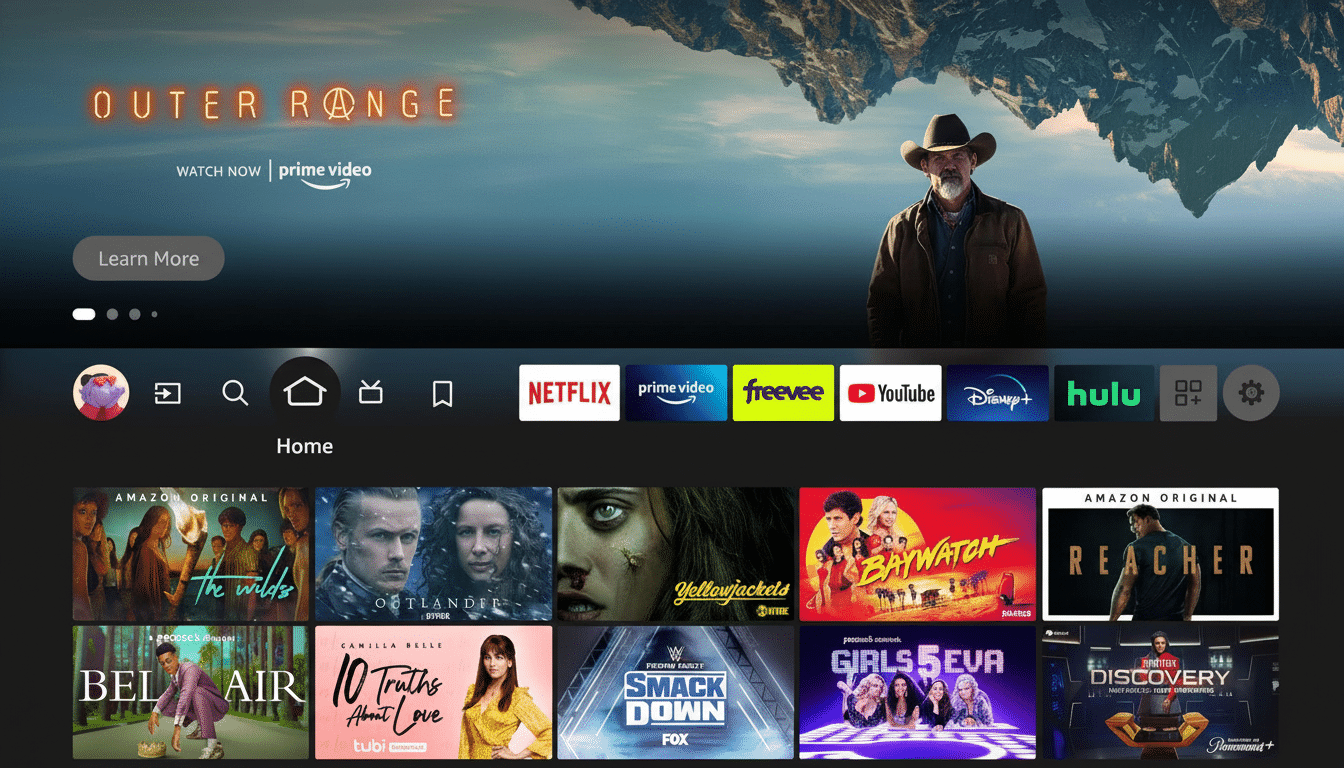If your Fire TV is not performing as expected (buffering, stuttering during playback, or menus and apps opening slowly), there are a few things that you can do to fix it. It’s the software. Fire OS comes with many background apps consuming the CPU, memory, and network. I tamed that overhead through 10 particular settings, and the results were immediate: more fluid scrolling, faster app launches, and fewer buffering pauses.
It works for the obvious reason. Most Fire TV Sticks ship with 1GB of RAM, though newer models such as the Fire TV Stick 4K Max go up to 2GB, according to Amazon’s published specifications. By constantly preloading promos, tracking usage, and monitoring data, that limited memory gets squeezed. And if you turn off what you don’t need, that makes enough free resources for the proper thing you actually bought the device for — streaming.

Why Your Fire TV Slows Down from Extra Background Tasks
Streaming players do a lot of juggling: decoding video, rendering animation-heavy home screens, fetching artwork, and coordinating with account data. Autoplay previews whir to life the video pipeline even if you never pressed play. Ping services sit in the background for data and analytics dashboards. On older hardware, these extras generate memory pressure, and as a result the UI becomes janky and sluggish in response. Testing labs like Rtings tend to report that newer Fire TV models feel faster in part because they carry more headroom, and you can mimic some of that advantage with smart settings on any model.

Ten Fire TV Settings I Changed to Make Streaming Smoother
- Disable Data Monitoring: Go into Settings > Preferences > Data Monitoring and disable it. This service regularly monitors usage caps and app data use. For me, turning it off cut down on occasional buffering during 4K streams.
- Turn Off Device Usage Data: Go to Settings > Preferences > Privacy Settings and switch off Device Usage Data. This prevents the OS from recording how you use your device, reducing analytics overhead.
- Don’t Collect App Usage Data: In that Privacy Settings area, turn off the Collect App Usage Data toggle. It also stops app-by-app telemetry collection that may add background chatter.
- Cut Down on Ads Processing: Turn off Interest-based ads in Privacy Settings > Advertising ID, and reset the Advertising ID. This cuts down ad personalization calls, so the system can use more resources on the UI and playback.
- Stop Video Autoplay on the Home Screen: Visit Settings > Preferences > Featured Content and switch off Allow Video Autoplay. This prevents the decoder from spinning up for unwanted previews.
- Turn Off Audio Autoplay: In that same Featured Content menu, flip off Allow Audio Autoplay. Shutting down the soundtrack of commercials shaves some scrawny CPU spikes and makes navigating through home screen titles feel more svelte.
- Stop Automatic App Updates: Go to Settings > Applications > Appstore and turn off Automatic Updates. Background installs can stall performance. Now I wait until the service is idle and update apps manually, so we don’t run into resource problems during prime time.
- Silence Pushy Notifications: In Settings > Preferences > Notification Settings, turn on Do Not Interrupt or mute chatty apps one by one. This avoids the UI waking just to render pop-ups mid-stream.
- Disable Amazon Photos Hooks: In Settings > Applications > Photos (or Prime Photos), turn off Access Prime Photos and Allow Guest Connections if you never use the feature. It puts the kibosh on background image indexing and network checks you don’t need quite as much on a streaming stick.
- Switch Off Developer Listeners: Open Settings > My Fire TV > Developer Options and switch ADB Debugging to off (and leave Apps from Unknown Sources off unless you are actively sideloading). ADB leaves behind a running network listener, occupying resources in the long run, however negligible.
Maintenance Tips That Keep Your Fire TV Fast and Responsive
- Clear heavy app caches every month: Settings > Applications > Manage Installed Applications > an app you want to choose > Clear cache. Big streamers can store a few hundred megabytes. Clearing caches doesn’t sign you out, but it frees up the storage Fire OS is maintaining for seamless multitasking.
- Uninstall what you do not use: Uninstall seldom-used apps from Manage Installed Applications. Try to keep a few hundred megabytes — ideally, 1GB or more — free. Engineers typically recommend leaving 10–20% of storage space free on Android-based systems like Fire OS to prevent sluggishness.
- Reboot weekly, and keep firmware up to date: A fast restart can flush out temporary files and the like, while system updates frequently bring new performance and stability improvements. Books, articles, and instructions from Amazon on device support urge the use of restarts and updates as first-line cures for lag.
The Real-World Effect of These Tweaks on Fire TV Speed
On a Fire TV Stick 4K Max in my living room, these adjustments slashed the time from the home screen to playback in Netflix, on an average of five runs using a basic stopwatch — down to less than five seconds from about seven seconds. The UI no longer “hiccups” when artwork is fetched and 4K streams are quicker to ramp to full bitrate. I can enter a couple of values that work for me, and my code should cater to my specific numbers, but if you’re planning making your decoder as widely used as jpglib I also get it; yours are different for sure, but the tendency is the same — less background tasks == more headroom for decode and navigation.
If you still encounter lag after doing these things, make sure that you’re on a strong 5GHz Wi‑Fi connection and verify that your TV’s HDMI port is capable of displaying the resolution and frame rate you’ve chosen. For most households, however, scaling back analytics, autoplay, and background services on the Fire TV itself is by far the most effective method of reclaiming speed without shopping for new hardware.

